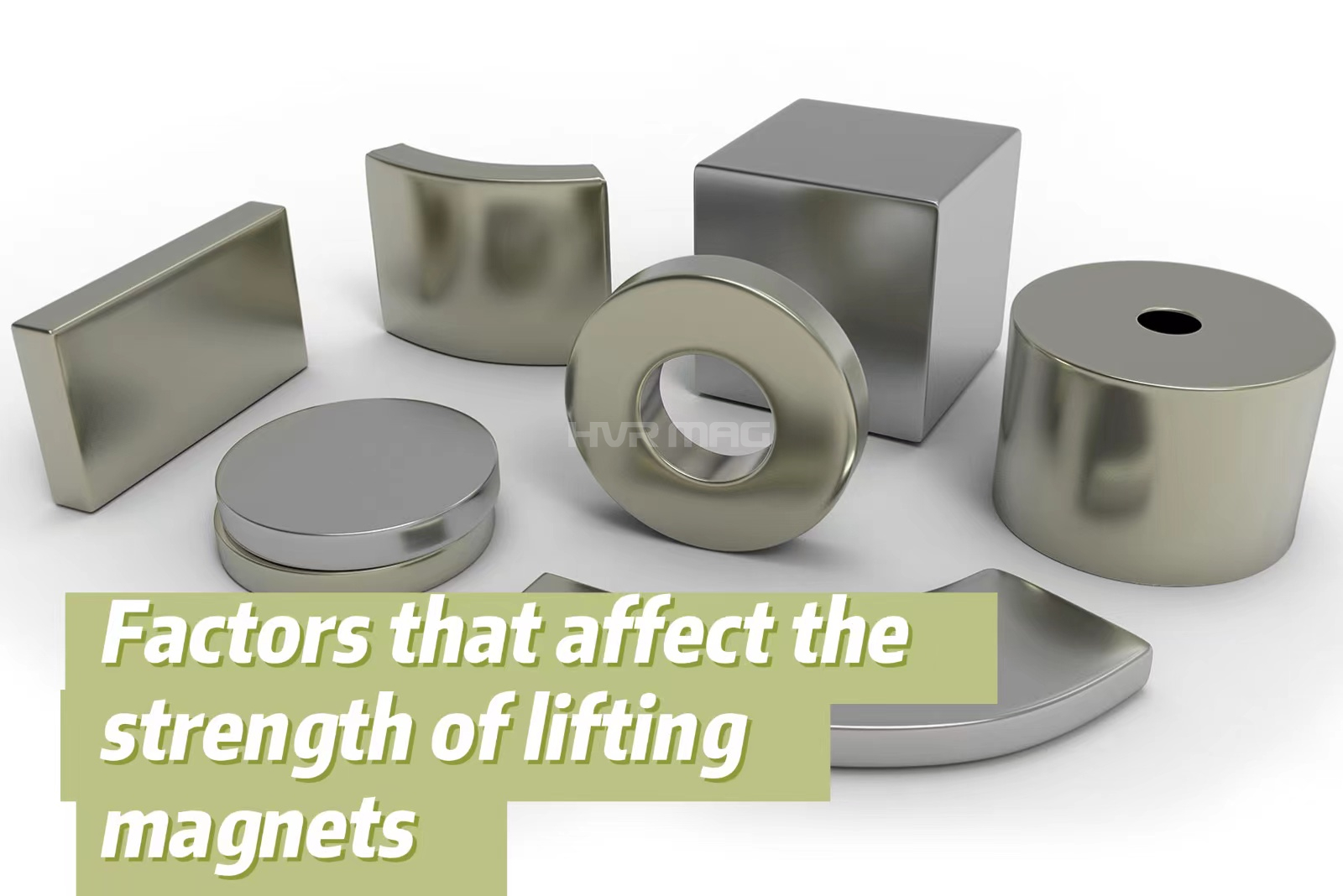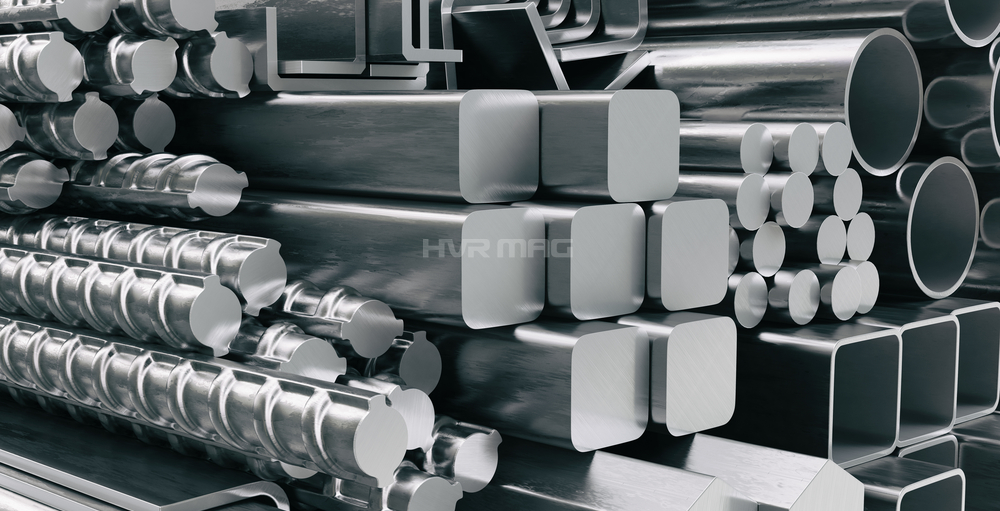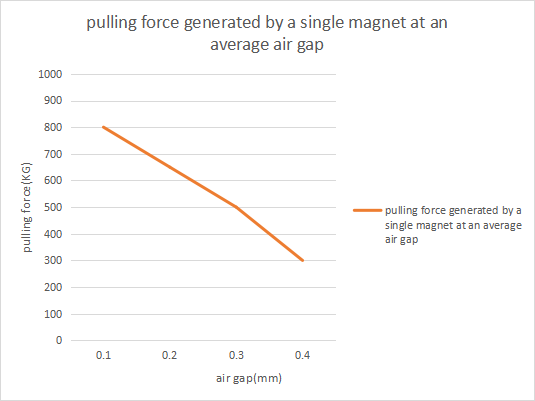
Magnets are one of the most fundamental and valuable devices on the earth. The strength they possess is outstanding. We use them for different purposes every day, including for various applications in manufacturing and even in outer space.
Have you ever wondered what will affect the strength of lifting magnets? Do its shape and size matter? Can we make lifting magnets stronger? Find out below.
In real applications, perfect conditions are not common, and the following factors will affect the lifting magnet, decrease the performance, and give the pulling force of lifting magnets.
The pulling force=A*B*C
A: pulling force generated by a single magnet at an average air gap
B: the number of the magnet
C: magnetic permeability
Material

Generally, mild steel is used as the contact steel when testing its pull strength.
We prefer mild steels to alloy steels because the ability to conduct magnetism is higher.
Alloy steels and cast irons have a lower ability to conduct magnetism, decreasing the pulling force of lifting magnets and not working at its max capability.
Steel thickness
The thickness of steel can also influence the performance and pulling force.
According to steel thickness, we should consider the magnetic field that will penetrate the load thickness so that holding force is sufficient to lift the loads.
For example, the lifting magnet requires the contact steel to be 10mm thick to absorb all the magnetism and ensure its max performance and pull. Then we apply the magnet to a 1 mm thick steel; it will lose 90% of its magnetism and deliver 10% of its capacity.
Air gaps
What prevents the face of the magnet from making complete contact with the material is considered an “air gap”.
Rust, dirt, ice, and snow are just a few examples of an “air gap”. If there are any air gaps, it will also reduce the performance and pulling force.
The more significant the air gap is, the bigger the reduction in magnets’ performance and pulling force.

Temperature
Putting lifting magnets into a high-temperature environment above its max operating temperature will cause it to lose its performance.
If magnets are continuously exposed to heat beyond their max operating temperature, they will become demagnetized.
The number of magnets
The number of magnets also should be taken into consideration. Using a single magnet to lift large plates and sheets is inefficient. More magnets are required to lift large plates and sheets.
So any way that we can minimize this weight of magnets and attachments will yield savings in crane and crane support costs. We have to consider multiple variations to be able to select the best size and smallest number of magnets to do an efficient lift job on the load involved.
If you want to know more about what affects the strength of lifting magnets, contact us at export@hvrmagnet.com. You also can look through our website.
Work directly with our experienced team to solve your toughest engineering challenges